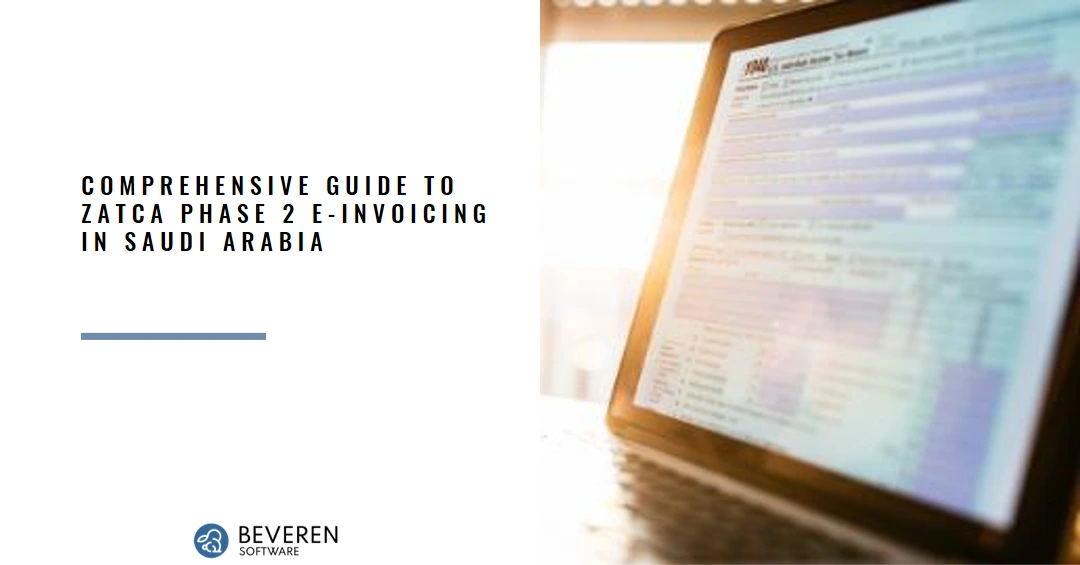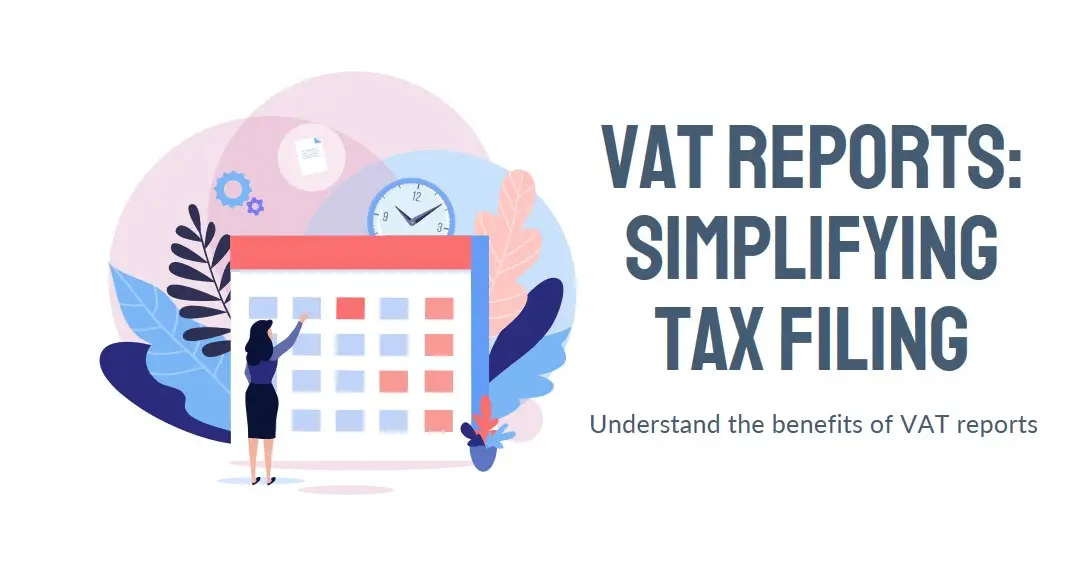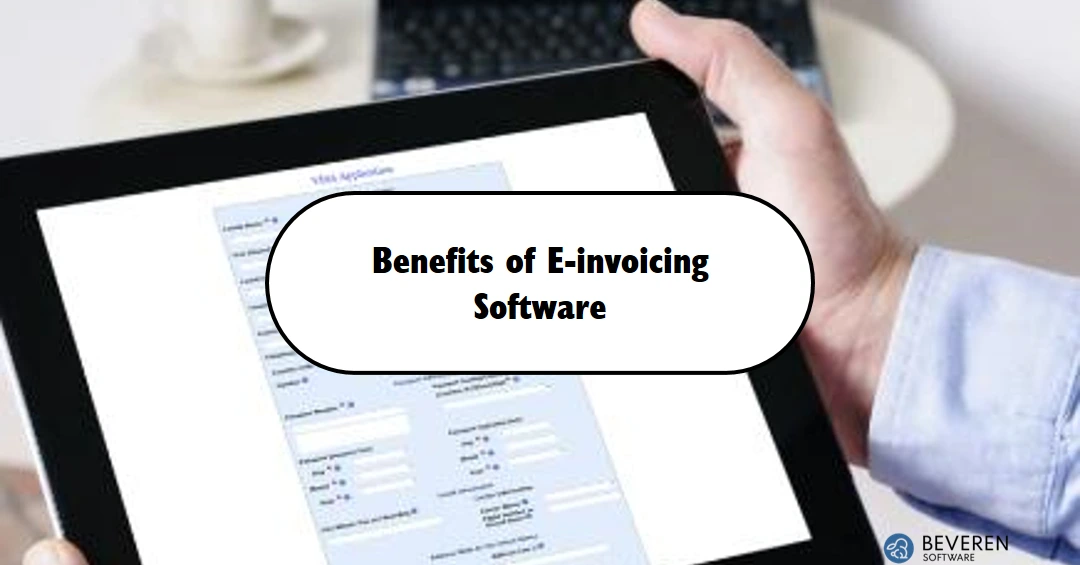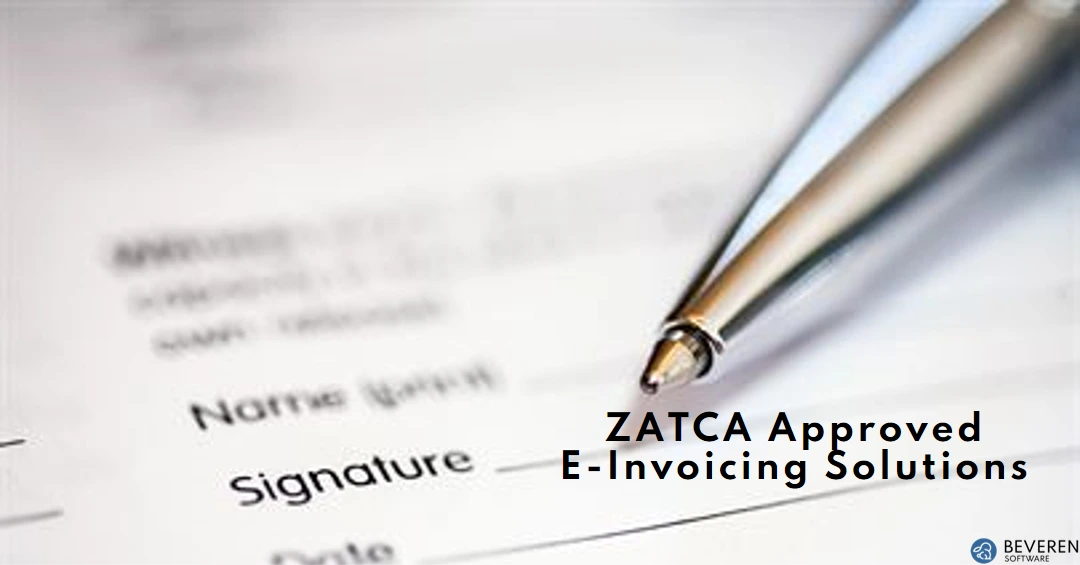
In the ever-evolving landscape of business operations, staying ahead of regulatory changes is imperative. For businesses operating in Saudi Arabia, the implementation of ZATCA Phase 2 E-Invoicing marks a significant shift. In this comprehensive guide, we delve into the intricacies of ZATCA Phase 2 E-Invoicing, providing you with a roadmap to navigate the complexities seamlessly.
Understanding ZATCA Phase 2
What is ZATCA Phase 2 E-Invoicing?
ZATCA, or the Zakat, Tax, and Customs Authority, introduced Phase 2 of E-Invoicing to enhance transparency and efficiency in financial transactions. E-Invoicing stands as a digital transformation, streamlining the invoicing process, and aligning businesses with contemporary financial practices.
Key Features and Benefits
Streamlined Financial Transactions
Embracing ZATCA Phase 2 E-Invoicing enables businesses to streamline their financial transactions. The transition from traditional paper-based invoices to electronic ones enhances accuracy and reduces the margin for errors.
Real-time Compliance Monitoring
One of the remarkable features of ZATCA Phase 2 is real-time compliance monitoring. Businesses can now ensure that their invoicing practices align with regulatory requirements seamlessly. This not only facilitates compliance but also minimizes the risk of penalties.
Cost-Efficiency and Environmental Sustainability
The shift towards E-Invoicing inherently brings about cost-efficiency. Reduction in paper usage and manual processing not only saves costs but also contributes to environmental sustainability. Going digital is not just a regulatory requirement; it’s a strategic move towards a greener business model.
Implementation Strategies
Integrating E-Invoicing into Your Business
The successful implementation of ZATCA Phase 2 E-Invoicing requires strategic planning. Integrating E-Invoicing into your existing financial systems is crucial. Collaborate with your IT and finance teams to ensure a seamless transition without disrupting your day-to-day operations.
Employee Training and Awareness
A critical aspect often overlooked is the importance of employee training and awareness. Equip your team with the necessary knowledge and skills to adapt to the new E-Invoicing system. This proactive approach minimizes potential disruptions and ensures a smooth transition.
Overcoming Challenges
Addressing Common Concerns
As with any major regulatory shift, challenges are bound to arise. Addressing these challenges head-on is crucial for the successful adoption of ZATCA Phase 2 E-Invoicing. Common concerns include system compatibility, data security, and potential resistance from stakeholders. Collaborate with your IT and legal teams to develop robust solutions and communication strategies.
Best Practices for ZATCA Phase 2 Implementation
Collaboration with Ecosystem Partners
ZATCA Phase 2 is not just a solitary journey for businesses; it involves collaboration with various ecosystem partners. Foster strong relationships with suppliers, customers, and technology providers to create an interconnected digital ecosystem. This collaborative approach ensures a smoother flow of E-Invoicing processes across the entire business network.
Regular Audits and Compliance Checks
Beyond the initial implementation, businesses should conduct regular audits and compliance checks. Stay vigilant about any updates or modifications in ZATCA Phase 2 regulations. Conducting internal audits ensures that your E-Invoicing processes remain in line with the latest standards, mitigating any potential compliance risks.
The Future of E-Invoicing in Saudi Arabia
Continuous Innovation and Adaptation
ZATCA Phase 2 is not just a one-time compliance hurdle; it signifies a paradigm shift towards digital financial operations. Embrace a culture of continuous innovation and adaptation to stay ahead in the dynamic business landscape of Saudi Arabia. Monitor updates from regulatory authorities and proactively update your systems to align with future requirements.
Conclusion
In conclusion, navigating ZATCA Phase 2 E-Invoicing in Saudi Arabia requires a proactive and strategic approach. By understanding the key features, benefits, and implementation strategies, businesses can not only comply with regulations but also leverage the advantages of a digital financial ecosystem. The future is digital, and businesses that embrace this transformation will undoubtedly thrive in the evolving marketplace.






